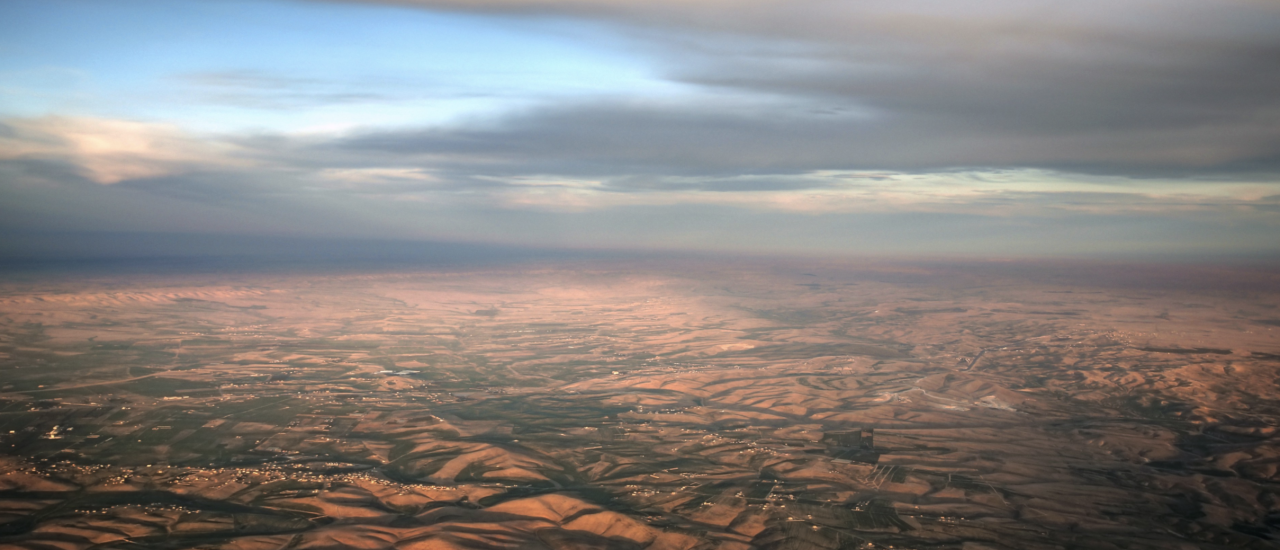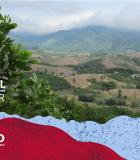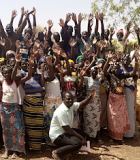In one of the world’s most water-stressed regions, USAID and partners are helping create more resilient communities by preparing them to stay one step ahead of the next drought.

Photo credit: Mariusz Kluzniak
The Middle East and North Africa are among the most water-stressed regions on the entire planet. Water availability — or lack thereof — has shaped societies here in profound ways for thousands of years. Today water access remains an existential issue for many countries across this semi-arid and arid region, especially as they navigate the new uncertainties of a changing climate.
What looms largest in the minds of water resource managers is a chronic threat: drought. As an already parched region with relatively low water storage capacity, even modest downturns in water availability can result in outright water scarcity, meaning there is insufficient water physically available to meet the needs of the human population and the economy. More frequent and severe droughts associated with climate change are expected to intensify stress on all aspects of economic activity and daily life in the coming years and decades, even threatening food insecurity and social unrest in cases of extreme drought.
Despite the troublesome outlook, an innovative initiative launched in mid-2018 is increasing the capacity of several countries across the region to more effectively mitigate, manage, and even one day predict the next serious drought. With the support of USAID’s Middle East Bureau, the MENAdrought project is an ambitious collaboration pooling the resources and expertise of global leaders in the field of drought monitoring, forecasting, and management, including the International Water Management Institute (IWMI), NASA’s Goddard Space Flight Center, the National Drought Mitigation Center at the University of Nebraska-Lincoln, Johns Hopkins University, and others. Together, they are equipping water managers and engineers from Jordan, Lebanon, and Morocco with the training, data, tools, and planning skills needed to better respond to and endure the next major drought.
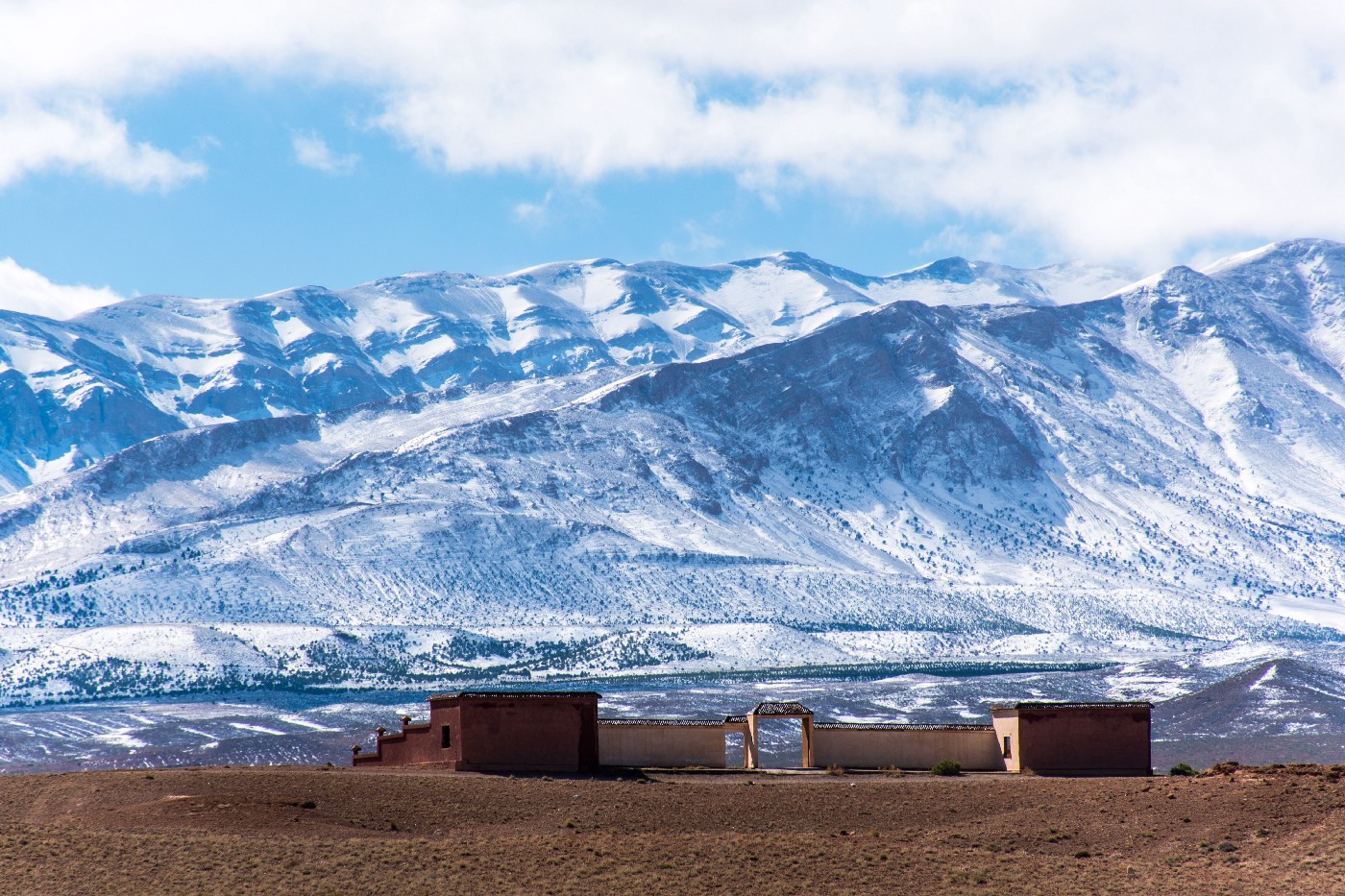
Photo credit: Ralf Steinberger
Putting the U.S. Global Water Strategy into Action
Since the release of the U.S. Government’s first-ever Global Water Strategy (GWS) in 2017, USAID has prioritized strengthening water security around the world in partnership with other federal agencies. Together, they have embraced and operationalized a whole-of-government approach structured around four key strategic objectives, including “encourage the sound management and protection of freshwater resources.” USAID and NASA collaboration in support of this objective lies at the heart of MENAdrought programming.
Launched within a year of the GWS, MENAdrought highlights the U.S. Government’s commitment to improving drought risk management, a key aspect of the overall vision to create a more water-secure world. To turn this vision into reality, MENAdrought is built on three “pillars” to institutionalize integrated drought management and strengthen countries’ self-reliance in the face of future droughts. Those pillars include developing drought monitoring and early warning systems; conducting impact and vulnerability assessments; and elevating the importance of drought mitigation, response, and preparedness.
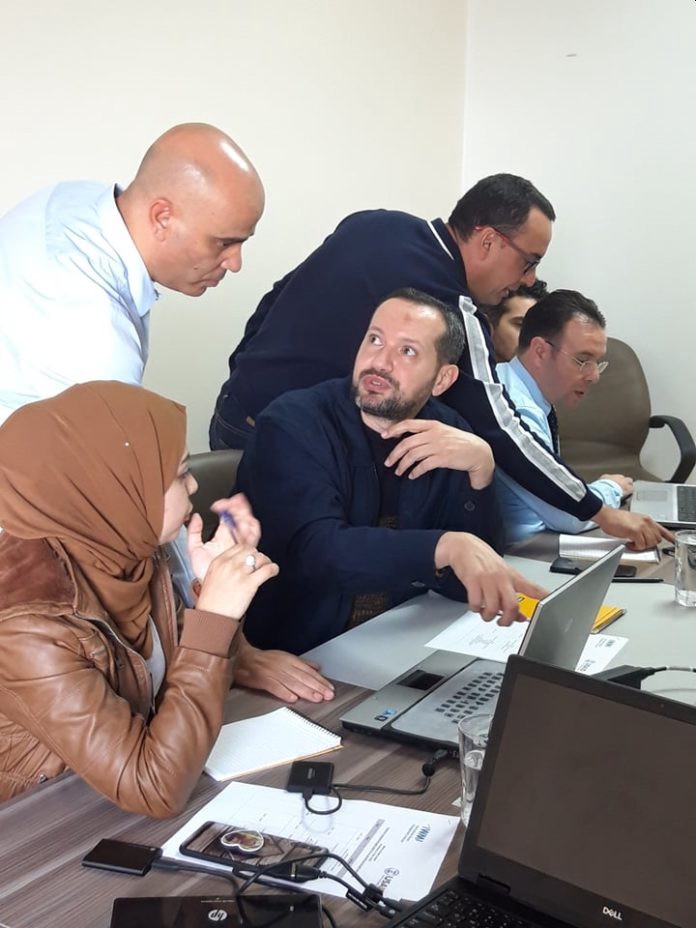
Photo credit: Louise Sarant
Each project partner contributes to the greater whole. IWMI has worked with the National Drought Mitigation Center to adapt their drought monitoring system to the local environmental conditions of the MENA region, and co-designed it so that national partners are now able to operate it locally. The drought monitoring uses satellite data, and modeling from NASA’s Goddard Space Flight Center, to generate the monthly drought maps. Meanwhile the National Drought Mitigation Center used their expertise to support IWMI’s in-country convening of various “writeshops” to develop drought action plans that are co-designed across multiple ministries. This has been supported by extensive technical and policy training of participants from Jordan, Lebanon, and Morocco for in-person and virtual capacity-building workshops. With an eye toward sustainability, one of MENAdrought’s central aims has been to create national-level drought management capabilities that can guide decision-makers’ water management responses and choices during future events.
A Historically Dry Region Poised to Become Drier Still
“Climate change is having profound impacts on water availability across the MENA region,” says Strategic Program Director of Water, Climate Change, and Resilience at IWMI Rachael McDonnell. “Changes in key climatic variables already being experienced include declines in annual precipitation, delays to the start of the growing season with the onset of rains delayed by five to six weeks in many countries, increased frequency and intensity of droughts, and increased temperatures.”
For that reason, strengthening drought monitoring and management is urgently needed. “Droughts are a normal part of the climate cycle, and climate change is only going to ramp up this cycle and the extreme events that will follow,” says Dr. Mark Svoboda, director of the National Drought Mitigation Center at the University of Nebraska-Lincoln, who also serves as a MENAdrought project lead.
Drought impacts every aspect of economic activity and daily life, without exception. Even in periods of relative water abundance, many MENA countries struggle with balancing competing water demands from various sectors. “One of drought’s best-recognized impacts is on agriculture, which clearly impacts food security,” explains Dr. Christa D. Peters-Lidard, Deputy Director for Hydrosphere, Biosphere, and Geophysics and the Acting Chief Scientist with NASA’s Goddard Space Flight Center. “Beyond agriculture, drought-related water scarcity affects other sectors such as energy, transportation, and health. When drought causes food and energy prices to increase, the overall economy is impacted, which has downstream effects on household livelihoods.”
“The shocks of recent droughts, particularly since the turn of the century, have left all three countries grappling with these events,” says McDonnell. “Each of the countries has water stress from some common but also locally distinct conditions that make them prone to the impacts of drought.”
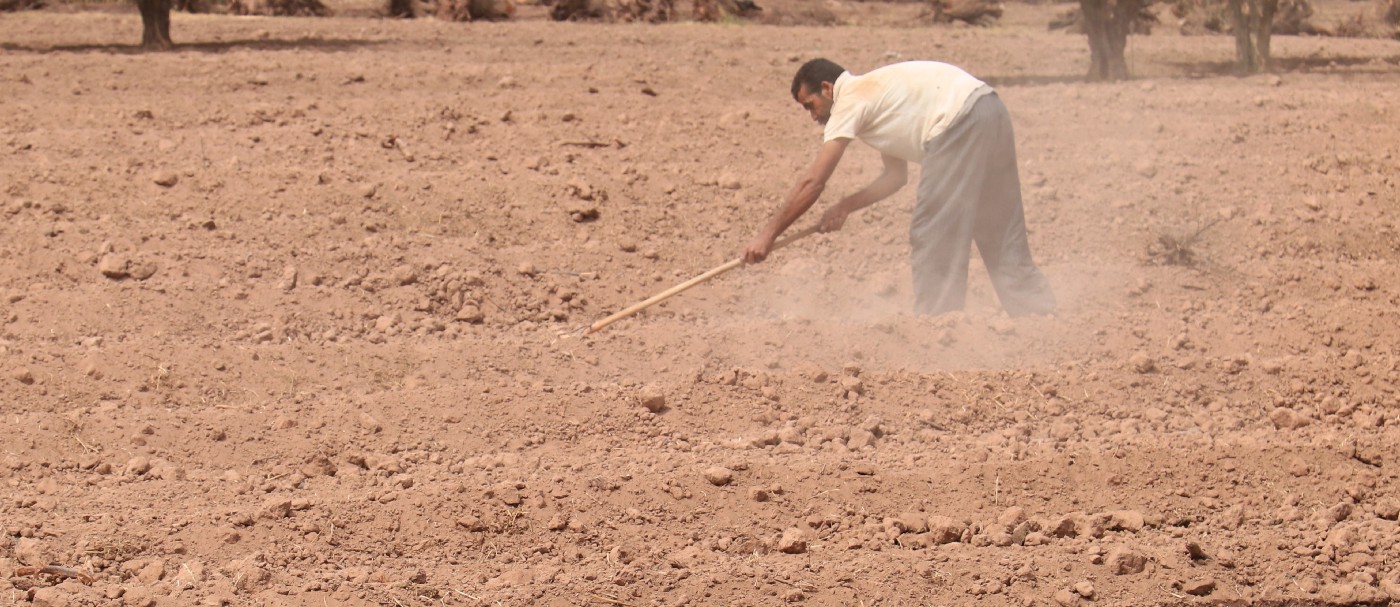
Photo credit: IWM
Staying Proactive: Developing Drought Monitoring and Early Warning Systems
Hydrological and land-use data from NASA informs MENAdrought efforts to strengthen drought monitoring. The project cross-references the resulting maps with on-the-ground observations and measurements of water levels, soil moisture, vegetation stress, and related indicators to produce a reliable picture of the extent and severity of drought conditions at any given moment. This information not only helps track the evolution of a drought as its grip eases or tightens, but it also guides water managers and relevant decision-makers spread across other government agencies as they work in concert to direct timely and effective mitigation measures or emergency response.
While effective drought monitoring can help ease the stress once a drought takes hold, decision-makers have requested more help with forecasting before the climate shock starts to impact locally.
Drought forecasting capabilities can help provide at least some advance notice of an impending drought, providing countries with a crucial window to mitigate a drought’s worst effects through measures like preemptive water supply reallocations that can help safeguard livelihoods and entire industries. “The models have been shown to reliably forecast precipitation anomalies about one month ahead and temperature anomalies about three months ahead,” explains Dr. Peters-Lidard.
Under MENAdrought, drought forecasting technology is combined with regular monitoring to create a flexible early warning system that produces results with a fairly high degree of accuracy, providing advance guidance to local decision-makers before a drought crisis fully takes hold. “Typically, drought is a slow-onset hazard, but not always,” says Dr. Svoboda. “A good drought early warning system is also going to include the day-to-day, week-to-week, and month-to-month monitoring, which serves as a bridge to the longer seasonal forecasts.”
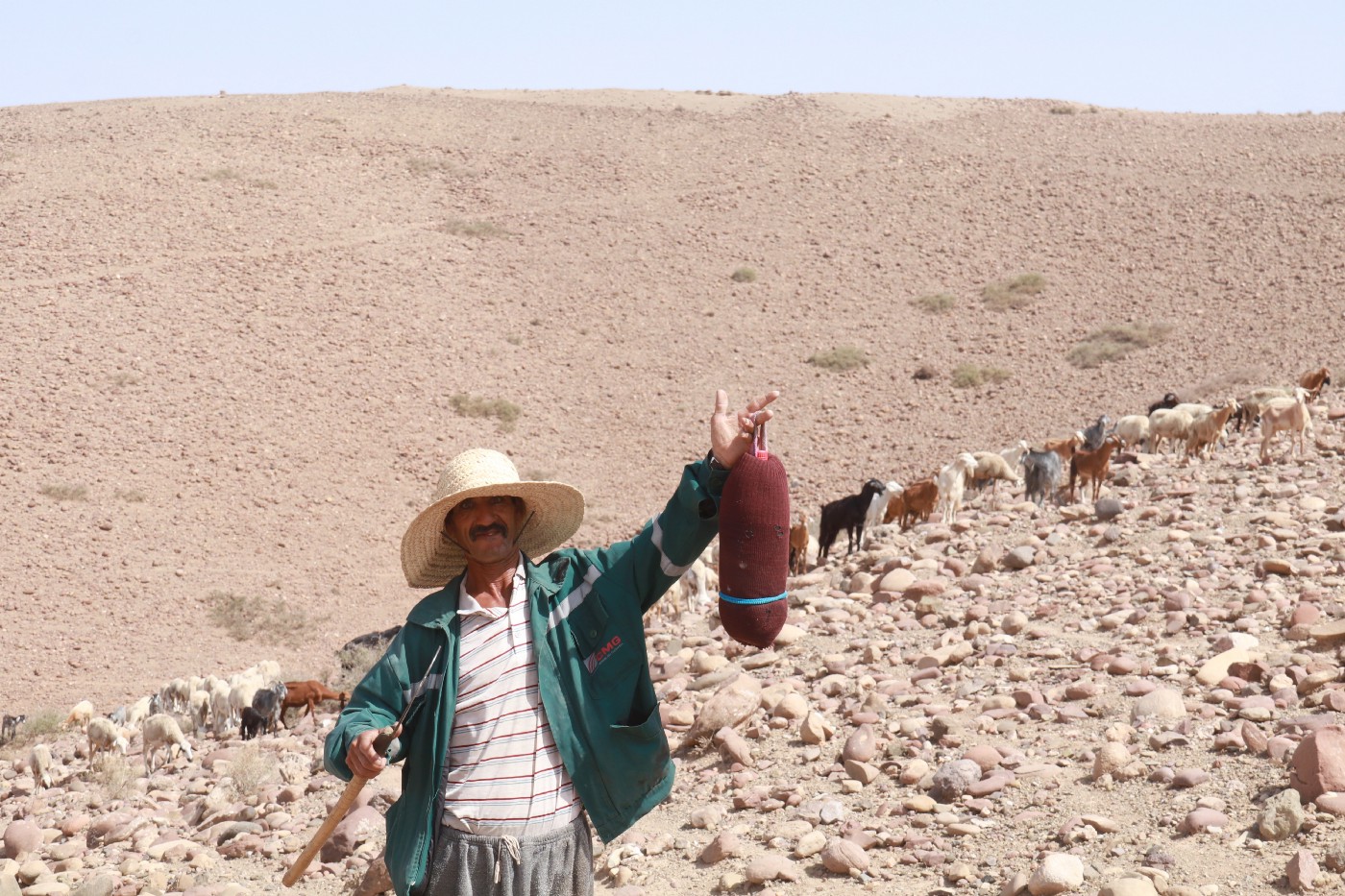
Photo credit: IWM
Promoting Self-Reliance through Local Ownership of Drought Management Plans
One of the most important legacies of MENAdrought will be the creation of national drought management plans currently under development, which are informed by the project’s early warning systems and drought impact assessments. These plans, developed in close coordination with in-country partners, will serve as roadmaps for integrated drought management, guiding everything from preventative drought planning to emergency response.
In terms of building self-reliance and resilience, ownership of the plans is critical.
Crucially, the plans will belong to the participant countries, encouraging buy-in from key government decision-makers and water stakeholders. “In terms of building self-reliance and resilience, ownership of the plans is critical,” says McDonnell. “A central tenet of this project has always been to co-develop systems that are robust and operational in the working environments of the countries. The systems have been designed with the main agencies that will operate them, and capacity building has been a key activity throughout the project. The engineers, water managers, meteorologists and agricultural specialists have been keen, able, and enthusiastic colleagues bringing their local understanding to the development of the plans, and capabilities — and it has been particularly heartening with young female specialists who have worked closely with us in the development of the plans and management ideas.”
This big-tent, collaborative approach to designing the drought management plans is expected to pay dividends down the road, in terms of ensuring that all participants feel they have a stake in successfully integrating these plans into government decision-making processes. “With more [collaborative] drought action planning involving water utilities, ministries responsible for water, agriculture, and the environment, there is a real hope that proactive drought management will become integrated into planning of all of these organizations as roles and responsibilities do not sit with just one agency,” says McDonnell.
To help operationalize these plans, MENAdrought has introduced a powerful tool known as the Enhanced Composite Drought Indicator (eCDI). The eCDI draws upon drought impact assessments, monitoring capabilities, and early warning systems — as well historical, country-specific drought information — to provide decision-makers with the scientific guidance needed to gauge when to declare an official drought, and when to trigger certain policy actions or emergency measures to bring relief to communities and economic sectors based on real-time changes in water availability. To that end, the eCDI is capable of documenting drought occurrences while specifying locations and intensities of drought conditions with a high degree of accuracy, as shown below.

Photo credit: IWM
What’s more, the design and performance of the eCDI can be tailored to suit a country’s specific local needs and characteristics. One data input to the monitoring is soil moisture which is generated using an open source modeling software from NASA known as the Land Information System. “Through technical support of the MENAdrought project these modeling methods can be shared with the participant countries, so that they can customize them as needed,” says Peters-Lidard.
Toward a More Water-Secure and Resilient Future
Ultimately, the drought management plans and customized eCDIs will enable countries to make smart water management decisions even during times of relative water abundance. Equipped with these tools, MENAdrought participant countries will also be on the path to greater drought resilience once the project wraps up in 2021. As such, optimism abounds for what might be achieved in the years and decades ahead. “Proactive drought management as opposed to crisis-led responses have been consistently shown to be both more effective and less costly,” says McDonnell. “MENAdrought will give countries a strong basis for proactive and engaged drought resilience building.”
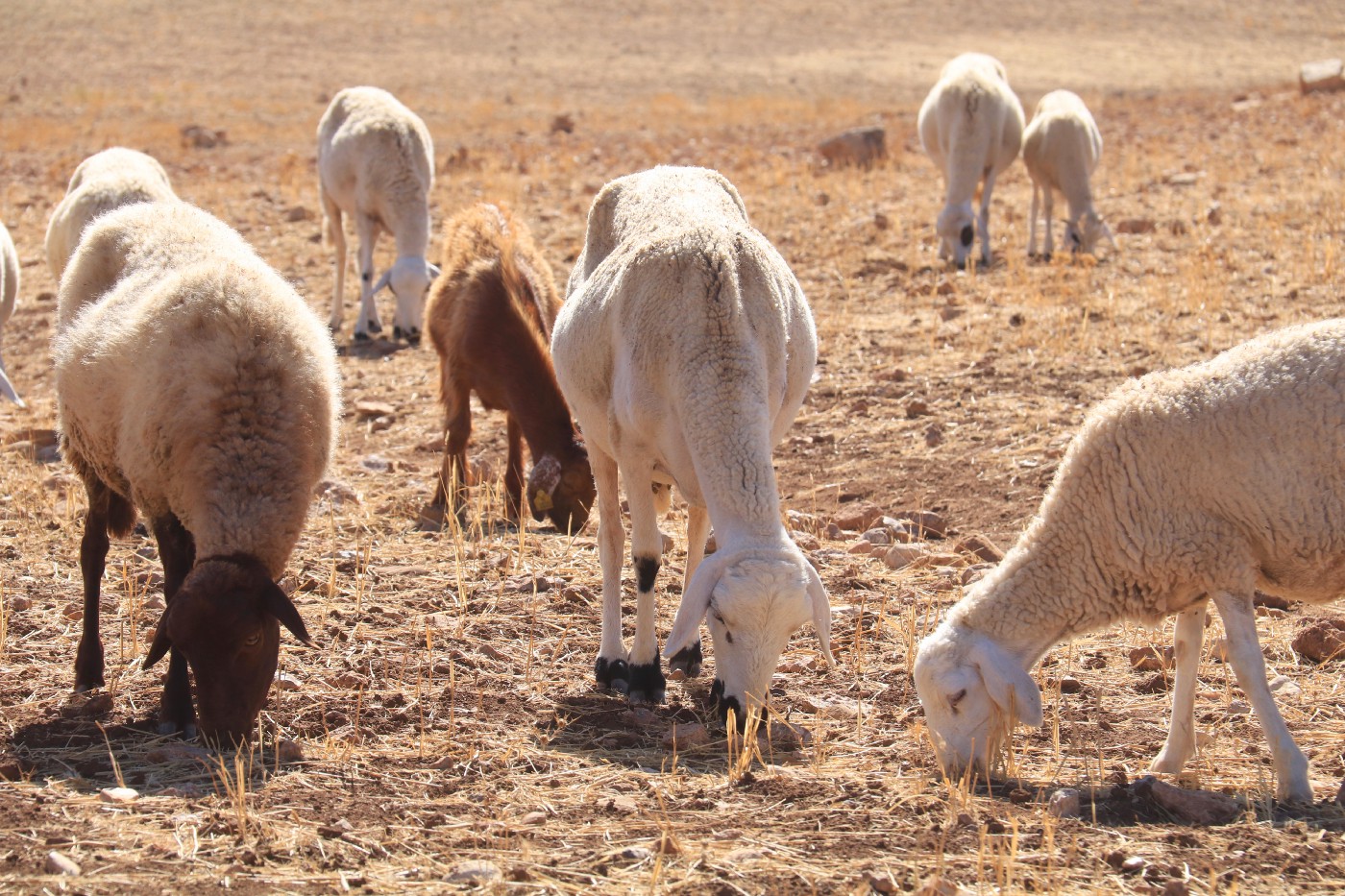
Photo credit: IWM
The technologies, processes, and planning tools introduced under MENAdrought are expected to have applicability to other drought-prone countries as well. As an example, Dr. Peters-Lidard points out that her agency’s Land Information System is “flexible and open-source” and therefore accessible to all, meaning “it would be possible to replicate the same methods across the region and throughout the world.” And it has been encouraging that many countries have already been expressing an interest in the project. “The tools are robust and operational, and the experiences in developing action plans could be used to help other countries deal with the ever-increasing threats from droughts,” says McDonnell.
In the end, greater awareness and preparedness cannot fully safeguard countries against the ravages of drought. But newly equipped with real-time data and powerful monitoring tools and plans, it is expected that even severe droughts can be navigated successfully in the future.
“Ultimately, we need to have good drought monitoring and early warning information systems in place that are tied to accountable action in drought mitigation plans,” concludes Dr. Svoboda. “The truth is drought should not sneak up on us…ever.”


